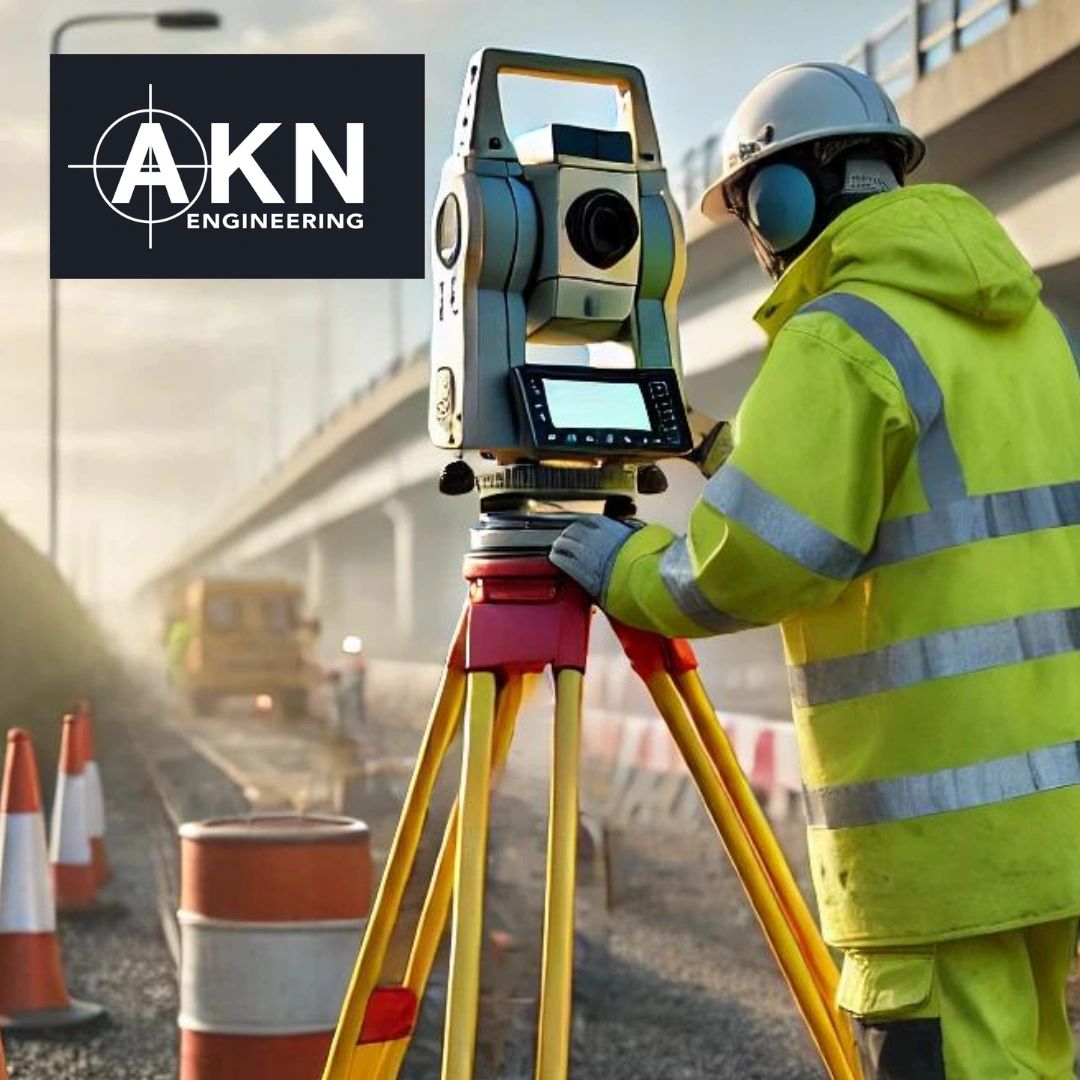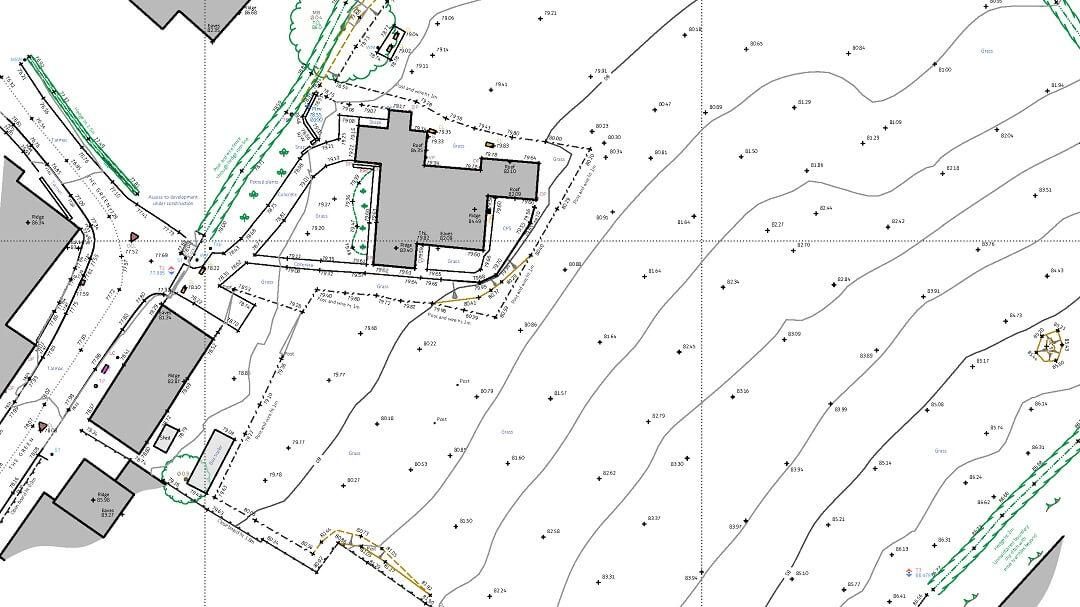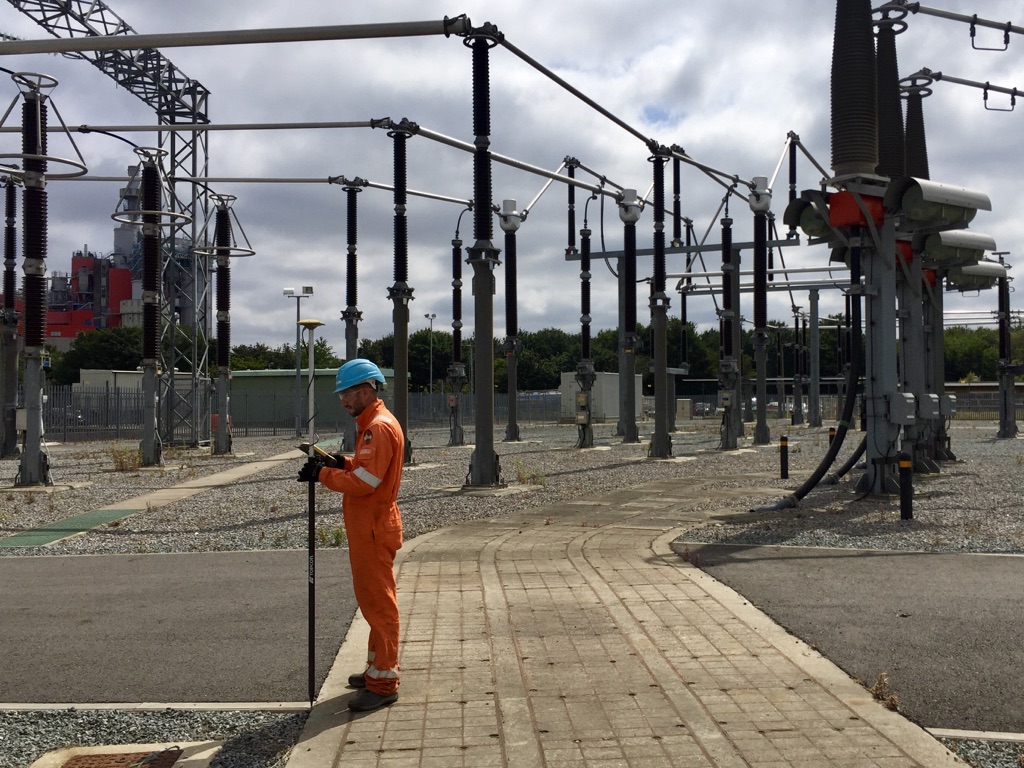Measured Building Surveying for Real Estate and Architectural Projects
Wiki Article
Essential Tools and Methods in Laying Out Design
The self-control of laying out engineering relies greatly on a collection of crucial devices and strategies that underpin the precision and performance of task implementation. Instruments such as surveyor's degrees, overall terminals, and progressed GPS technology are essential for developing exact referral factors. In addition, the integration of traditional methods with contemporary practices, consisting of geospatial evaluation and 3D modeling, provides significant benefits in envisioning website conditions. Understanding just how these components connect is important for improving and reducing errors project outcomes, yet the nuances of their application commonly stay ignored. What ramifications does this hold for future engineering practices?The Value of Accurate Dimensions

The importance of exact measurements prolongs past mere conformity; they are essential to the total efficiency of design procedures. Mistakes can bring about material waste, job hold-ups, and increased labor expenses, eventually influencing the job's lower line. Additionally, accurate dimensions improve the quality of the end product, guaranteeing that it does as intended and meets the expectations of stakeholders - setting out engineering.
Moreover, the value of exact measurements is obvious in various design techniques, consisting of civil, mechanical, and electrical engineering. Thus, cultivating a society that focuses on accuracy is essential for the future of design.
Essential Tools for Laying Out
Laying out, an important phase in the design and construction procedure, depends heavily on certain tools that ensure precise location and placement of structures. Amongst these tools, the surveyor's degree stands apart, providing precise straight dimensions essential for establishing recommendation factors. This instrument enables engineers to establish elevation modifications and keep uniformity across the task site.
The overall station is one more indispensable device, incorporating digital distance measurement with angular dimension capabilities. This innovation boosts efficiency and precision in recording spatial data, enabling for reliable site layout and planning.
In addition, using determining tapes and noting tools, such as chalk lines or stakes, is basic for momentarily marking borders and essential points on the website. These basic devices, though simple, are crucial for ensuring clear communication amongst the construction team pertaining to job requirements.
Lastly, GPS technology has acquired traction in setting out processes, offering real-time positioning data and dramatically boosting accuracy over typical methods. Jointly, these crucial devices create the backbone of effective establishing out practices, inevitably contributing to the successful implementation of design and construction tasks.
Advanced Checking Techniques
Advanced checking strategies play an essential function in improving the precision and effectiveness of engineering tasks. These techniques incorporate a series of techniques that give accurate information for layout and building. Standard techniques, such as progressing and triangulation, have actually evolved into more advanced techniques, consisting of Overall Terminal surveys and International Navigation Satellite Solution (GNSS)Complete Terminal devices integrate digital theodolites with range dimension capacities, enabling surveyors to collect accurate place data with fantastic rate. This technology dramatically lowers errors related to hand-operated measurements and provides real-time information processing. GNSS uses exceptional precision for large tasks by using satellite signals to identify exact positioning, which is crucial for ensuring and lining up frameworks conformity with design requirements.
In addition to these tools, progressed methods also include geospatial analysis and 3D modeling. These approaches enable designers to visualize terrain and website conditions better, promoting much better decision-making during the preparation stage. By employing these innovative surveying methods, design projects can achieve greater accuracy in layout, decrease rework, and inevitably boost total task success.
Digital Technology in Engineering
The combination of digital innovation has reinvented engineering methods, boosting both performance and precision throughout various self-controls. Tools such as Building Info Modeling (BIM) help with the visualization and monitoring of complicated jobs, permitting engineers to team up effortlessly and make educated choices. This technology makes special info it possible for the development of detailed 3D designs, which can be examined for architectural integrity and efficiency before construction starts.
The application of artificial intelligence and device learning in engineering processes further enhances predictive maintenance and optimization of resources. Overall, electronic technology is improving the engineering landscape, driving advancement, and making sure that projects are completed with better efficiency and decreased threat.
Best Practices for Application
When implementing digital modern technology in engineering, it is critical to establish a critical method that straightens with job objectives and organizational capacities. An extensive evaluation of existing process and technology facilities is vital to recognize voids and opportunities for improvement. Engaging stakeholders early while doing so promotes cooperation and makes certain that the technology meets user requirements.
Job supervisors ought to take on an iterative execution strategy, enabling for adjustments based upon real-time feedback and performance evaluations. This nimble technique not just minimizes risks but also promotes continual enhancement by integrating lessons found out.
Verdict
Finally, the assimilation of essential tools and progressed strategies in establishing out design is essential for ensuring precision in measurements and effective task execution. Utilizing tools such this article as surveyor's degrees, total terminals, and GPS technology, along with modern-day checking approaches, improves accuracy and reduces the possibility of errors. Taking on ideal methods in application even more optimizes these procedures, eventually fostering enhanced project outcomes in the design and building and construction fields.The technique of establishing out engineering counts greatly on a suite of important tools and strategies that underpin the accuracy and effectiveness of task implementation.Furthermore, the importance of exact measurements is evident in numerous design disciplines, including civil, mechanical, and electric engineering. By using these sophisticated checking techniques, engineering projects can accomplish higher precision in design, minimize rework, and eventually enhance general job success.
Overall, electronic modern technology is improving the engineering landscape, driving innovation, and making certain that jobs are completed with higher performance and reduced danger (setting out engineering).In conclusion, the combination of essential devices and progressed methods in establishing out engineering is vital for making certain precision in dimensions and successful project implementation
Report this wiki page